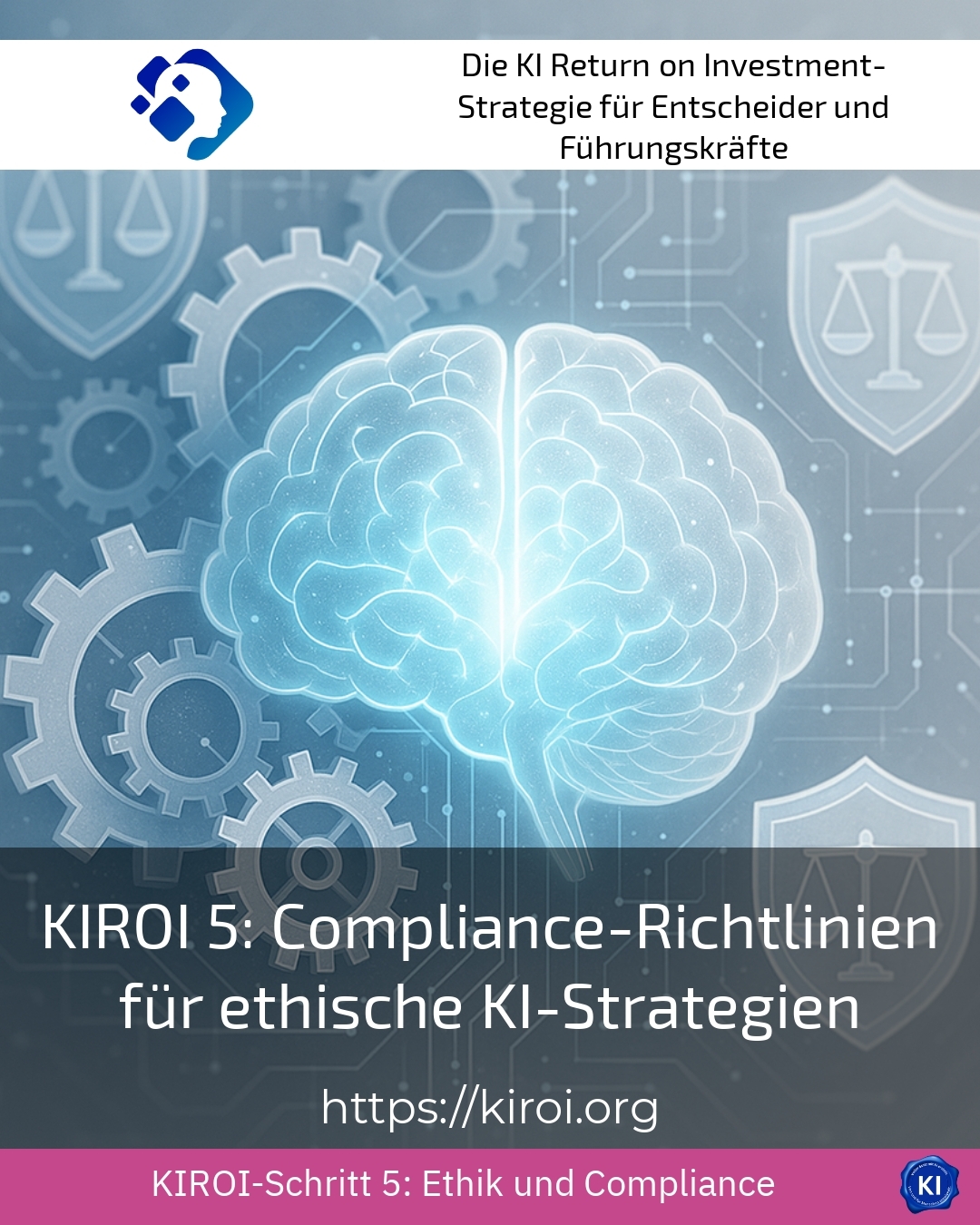Compliance guidelines have long since become a key success factor for organisations that want to use innovative technologies responsibly. Compliance with legal and ethical standards is increasingly taking centre stage, especially in projects involving the development and application of smart solutions. Compliance guidelines provide a binding framework that creates both security and transparency - and thus strengthens trust among customers, employees and regulatory authorities.
Why compliance guidelines are crucial
Without clear compliance guidelines, companies run the risk of unknowingly exposing themselves to risks ranging from data protection violations to discrimination through algorithmic decisions. The EU regulation, which is gradually coming into force, prescribes a risk-based approach and categorises applications into different risk classes - from prohibited to minimal risk systems[3]. Particularly strict obligations apply to high-risk applications, for example in terms of documentation, transparency and technical monitoring[6]. Compliance guidelines are therefore not an optional extra, but a necessary component of any responsible strategy.
Compliance guidelines in practice: three examples
A medium-sized industrial company uses automated application screening tools. Without compliance guidelines, unauthorised discrimination could occur. Clear guidelines and regular audits minimise risks and ensure the traceability of every decision[4].
A financial services provider uses chatbots for customer service. Compliance guidelines ensure that all interactions are transparent, data protection is guaranteed and users are informed about the use of the technology - in line with the EU requirements for systems with limited risk[5].
A retail company relies on predictive analytics for warehouse management. Compliance guidelines accompany the entire life cycle here - from the selection of the provider to integration and ongoing monitoring in order to always be on the safe side, even with changing legal requirements[1].
The most important building blocks for effective compliance guidelines
Developing and communicating guidelines
The first step is to create company-specific compliance guidelines. These should not only reflect legal requirements, but also set ethical guidelines and be formulated in a way that is understandable for everyone involved. An interdisciplinary team from IT, legal and compliance jointly develops a document that sets out binding rules for dealing with the topic. The management formally confirms the guidelines and thus ensures that they are binding[7].
BEST PRACTICE with one customer (name hidden due to NDA contract) A company from the healthcare sector has accompanied the introduction of new diagnostic tools with comprehensive compliance guidelines. All departments were sensitised in workshops, clear responsibilities were defined and a central point of contact was set up for queries. This enabled ethical concerns to be addressed at an early stage and patient confidence to be strengthened. The documentation of all steps also makes it easier to provide evidence to supervisory authorities.
Risk identification and management
Identifying potential risks is a central component of the compliance guidelines. This includes not only data protection issues, but also topics such as security, discrimination and traceability. Risk assessments are carried out regularly and the results are incorporated into the further development of the guidelines. This allows companies to remain agile and adapt to new challenges[4].
BEST PRACTICE with one customer (name hidden due to NDA contract) An e-commerce company carried out a comprehensive risk analysis before introducing a personalised recommender system. In addition to technical aspects, ethical implications such as filter bubbles and manipulation risks were also analysed. The compliance guidelines were then expanded to include clear instructions for handling user data and algorithm tuning. Continuous monitoring ensures that the guidelines are adhered to in day-to-day operations.
Training and sensitisation
Compliance guidelines are only effective if they are practised by all employees. Regular training, practical examples and interactive formats promote awareness of risks and opportunities. The training courses are not only aimed at technical staff, but also at managers and the compliance team itself[1]. This ensures that compliance is not seen as an obligation, but rather as a living corporate culture.
BEST PRACTICE with one customer (name hidden due to NDA contract) In a manufacturing company, all employees were trained on the new compliance guidelines in multi-stage workshops. Typical risk scenarios were discussed and specific recommendations for action were developed using real-life case studies from their own day-to-day work. Feedback showed that this practical approach significantly increased acceptance and contributed to an open error culture.
Compliance guidelines as a strategic success factor
Compliance guidelines are far more than a protective shield against regulatory penalties. They strengthen reputation, create trust with customers and partners and provide a clear framework for innovation. Companies that actively shape their guidelines and develop them together with their teams benefit from greater decision-making certainty and a sustainable competitive advantage. The early involvement of compliance experts in the development process is just as crucial as the regular review of measures[1].
Transruption coaching provides organisations with targeted support in the implementation of compliance guidelines. Together, we develop customised solutions that take into account both legal requirements and company-specific characteristics. This results in customised compliance management that harmonises innovation and security.
My analysis
Today, compliance guidelines are an indispensable part of any responsible corporate management in a technologically changing world. They not only provide legal certainty, but also promote a culture of transparency and trust. The combination of clear guidelines, continuous training and practical support from experts such as Transruption Coaching ensures that companies can react flexibly to new challenges - and thus remain successful in the long term. Compliance guidelines are therefore not an obstacle, but a genuine driver of innovation.
Further links from the text above:
AI and compliance - ki-kanzlei.de[1]
AI guideline in the company - Guideline 2025 + template[7]
AI deployment in the company - EY[4]
FAQs on AI compliance: what companies need to know[5]
AI compliance: Important legal aspects at a glance - KPMG Law[3]
Implementation guide for the AI regulation - Bitkom[6]
For more information and if you have any questions, please contact Contact us or read more blog posts on the topic Artificial intelligence here.















